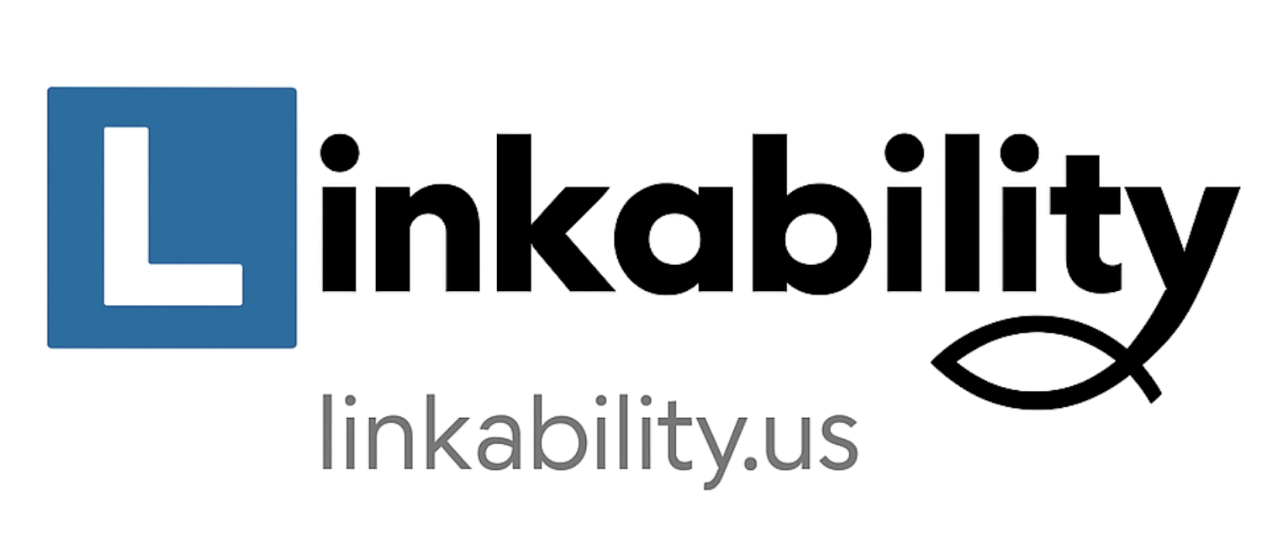Referrals are slowing down. That’s not just anecdotal—it’s data-backed. A 2024 HubSpot survey found that 42% of professional service firms have experienced a decline in referral volume compared to pre-2022 levels.
If you’ve built your business on word-of-mouth, this shift may feel like the ground is moving beneath you.
Here’s the truth: Referral-based growth is unpredictable, unscalable, and increasingly unreliable.
So, what do you do when what used to work… stops working?
You build a strategy that doesn’t rely on chance.
???? Step 1: Use Sales Navigator to Pinpoint High-Value Prospects—and Speak Directly to Their Pain.
???? Use Sales Navigator to filter by title, industry, region, or company size.
???? Look for patterns: common challenges, hiring signals, recent funding, or leadership shifts.
???? Create a segmented list of 50–100 prospects who likely share the same pain point your solution solves.
Then… reach out strategically.
Avoid vague messages. Instead, start with relevance:
“Hi [Name], I work with [role/industry] leaders who are facing [specific challenge]. Based on what I’ve seen in your space, I thought it might be worth connecting.”
Why this works: You’re showing that you’ve done your homework—and that your message is about them, not you.
Track responses, segment by interest level, and keep the outreach going. This isn’t just prospecting—it’s building a repeatable system.

???? Step 2: Build a Scalable Awareness System
If referrals are unpredictable, visibility is the antidote.
Instead of waiting for someone to talk about you, create channels where you talk to your audience consistently:
- Post on LinkedIn at least 2x/week with a mix of insight, results, and credibility-building stories.
- Build a content system where a single piece of thought leadership can be repurposed into short posts, videos, and email.
- Use tools like Hubspot, Substack, or even a simple Google Form to collect email addresses so your audience doesn’t only live on LinkedIn.
Pro tip: Build a monthly rhythm. Week 1: Share an insight. Week 2: Highlight a win. Week 3: Answer a FAQ. Week 4: Invite engagement.
This gives people a reason to remember you—without you having to constantly remind them.
???? Step 3: Use AI to Multiply Your Time (and Output)
Manual prospecting, writing posts, creating content—it’s a lot. That’s where AI becomes a performance amplifier.
Here’s how smart service firms are using it:
- Outreach: Draft first-pass messages tailored to your target audience, then edit for tone and precision.
- Content: Repurpose a single post into multiple formats (e.g., carousel, blog, email) using tools like ChatGPT or Gemini.
- Research: Summarize articles, analyze competitors, or extract pain points from client calls.
The key: Don’t use AI to sound generic—use it to save time so you can be more personal in the moments that matter.

???? The Cost of Waiting
If referral volume continues to slow and no other systems are in place, here’s what’s likely in six months:
- Pipeline gaps
- Inconsistent cash flow
- Missed market momentum
- Your competitors building awareness while you stay invisible
On the flip side—putting a system in place today means you’re no longer at the mercy of chance. Your visibility, pipeline, and growth become intentional and repeatable. Need help creating a strategy that works even when the referrals dry up? Let’s talk.
Final Thought:
Referrals are a bonus—not a business plan.
The firms that grow in 2025 will be the ones that know how to engineer demand, not just catch it.

Kim Peterson Stone is a three-time business founder, keynote speaker, and leading LinkedIn strategist that has amassed a global following of over 225,000 on LinkedIn. Not only has she authored hundreds of articles on LinkedIn and become a verified thought leader, but she has helped her clients do the same.
Her B2B digital marketing agency, Linkability, Inc., has helped many clients from Intrapreneurs and Entrepreneurs to Fortune 500 companies work smarter on LinkedIn by leveraging the art of surviving disruption. With her intimate knowledge of thought leadership, entrepreneurship, and global business communications, Kim uses creative and purpose-driven solutions to develop a strong brand presence, generate targeted leads, and maximize online visibility for their clients.
Kim has changed the lives of many, not by selling products but by solving problems, and she can teach you to do the same.
Are you looking to strengthen your LinkedIn strategy to stay ahead of your future career goals? Let us help – reach out to us today!
